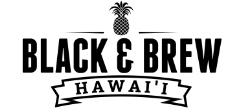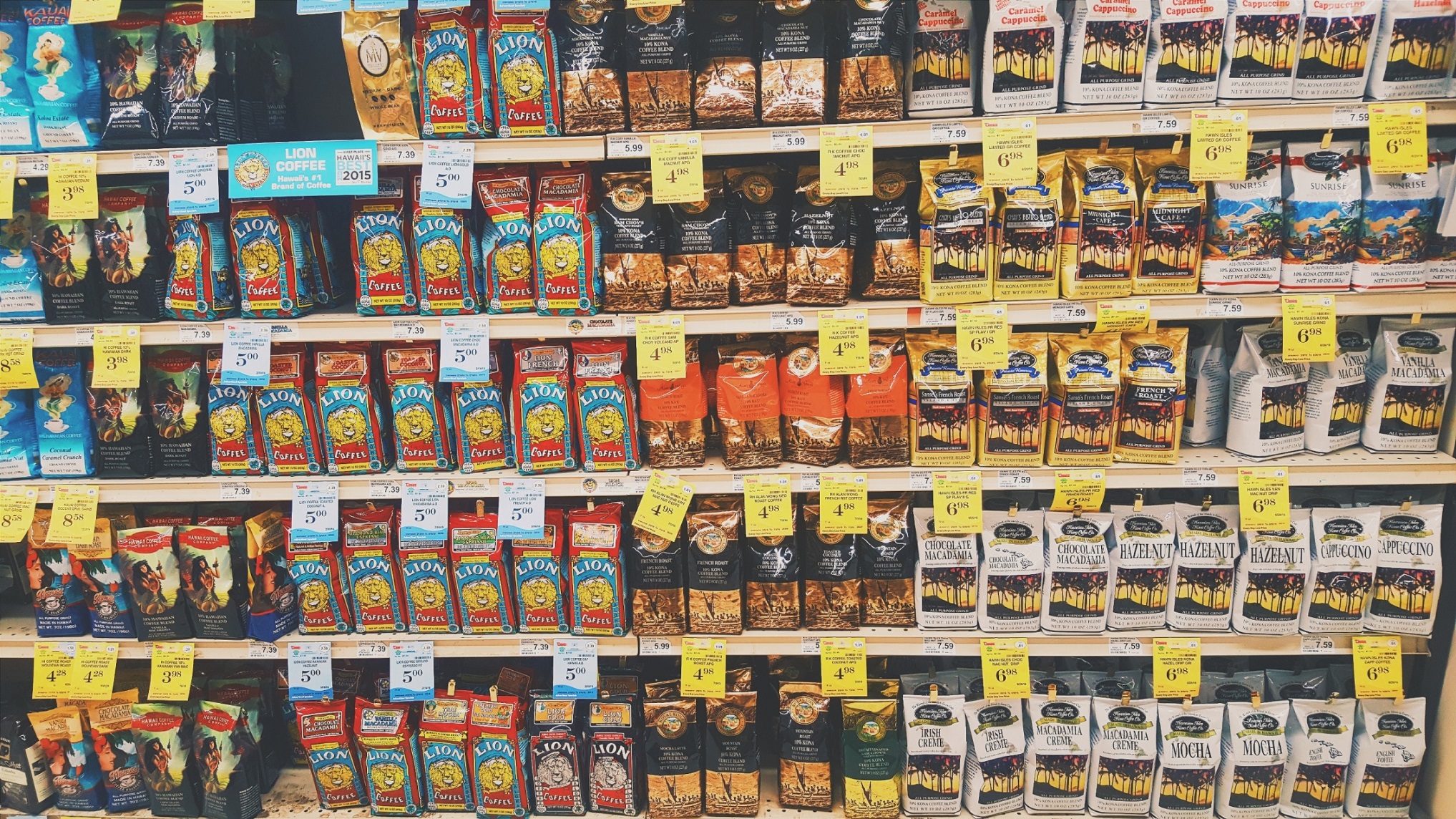So you switched over from your old automatic coffee machine to one of those Keurig sets they sell at Target or Costco. The single K-cup servings are convenient, but you’re now realizing that convenience doesn’t live up to its hype. You realized that curated coffee is actually fun to make and enjoyable to smell and drink.
You’re not alone. Manual coffee making and brewing procedures are becoming more popular for baristas and home enthusiasts. The ability to control the brewing process can create a cup of coffee that fits and suits your preference.
And so, perhaps you bought a cone-shaped dripper. Or a Chemex. Or Aeropress. You already grind your beans, and know the difference between coarse and fine grounds, but aren’t too certain what method you ought to use to make the perfect cup of Hawaiian coffee. Here are some of the coffee brewing methods.
French Press
This is the most recognized brewing method, and is indeed a classic. We use this when first trying out a coffee since the oil from the beans is not filtered out. This gives the coffee a fuller and truer flavor. This method takes time and effort, but produces a rich and elegant cup.

Most grounds should be steeped for approximately four to five minutes before “pressing”. Before flooding the French press, be sure to wet the grounds and let it bloom. You’ll know what this is when you see it—just pour enough hot water on the grounds to get it all wet. By doing this, the carbon dioxide escapes. Then pour in the rest of the water.
After pouring water onto your medium coarse grounds, be sure to stir the caffeinated concoction. While immersed, and by stirring, you will help extract the flavor and goodness from the bean. This is a less aggressive method of brewing than a pour over, where water flows over the bean rather quickly, extracting as it goes. You don’t want too coarse grounds or else it will be difficult to push down the plunger, and you don’t want fine grounds, as it will go right through the filter. When you go in for the press, you should meet some resistance. Be sure to pour the coffee right after the press. And if you have some left over, pour it into another cup so you don’t over-extract the grounds and have really bitter coffee. (The coffee will continue to brew if you leave it in the French press even after plunging!)
Drip
This method is what your popo used. It is, after all, the granddaddy of all the coffee brewing methods. The drip method is essentially pouring water over the grains of coffee beans through an automated machine. This brewing method is easy and fast, which is why it is so commonly used. With a filter used, the oils from the beans are absorbed (which could be beneficial to your cholesterol). Even with Keurig on the scene, the drip method and automated coffeemakers aren’t going anywhere.
Pour Over
The pour over method is one of the fastest and easiest ways to brew coffee. It produces a result similar to the auto-drip. This involves pouring water through
to extract the flavor of the coffee. It is considered an aggressive method since flavor is extracted rather quickly as the water pours over the grounds. Having a fine ground is important since you want to minimize the surface area for the water to travel over. This is a very easy and efficient coffee brewing method. It is our go to method when we’re feeling a little lazy.
Cold Brew
This brewing method is one of the methods that are similar to the technique of the French Press. It is trending and popular among the coffee specialists. Hashtag hipster. Hashtag in thing. Hashtag trendy. But it’s still good. Based on its name, instead of using hot water, cold water is used in this brewing method. The grounds are drenched for up to 12 hours. The cold water brings out more of the natural flavors of the coffee, and some acids are taken away. Cold brews are good for those hot days. #coldbrew
There are a lot of brewing methods, these are just a few.
Check these out:



